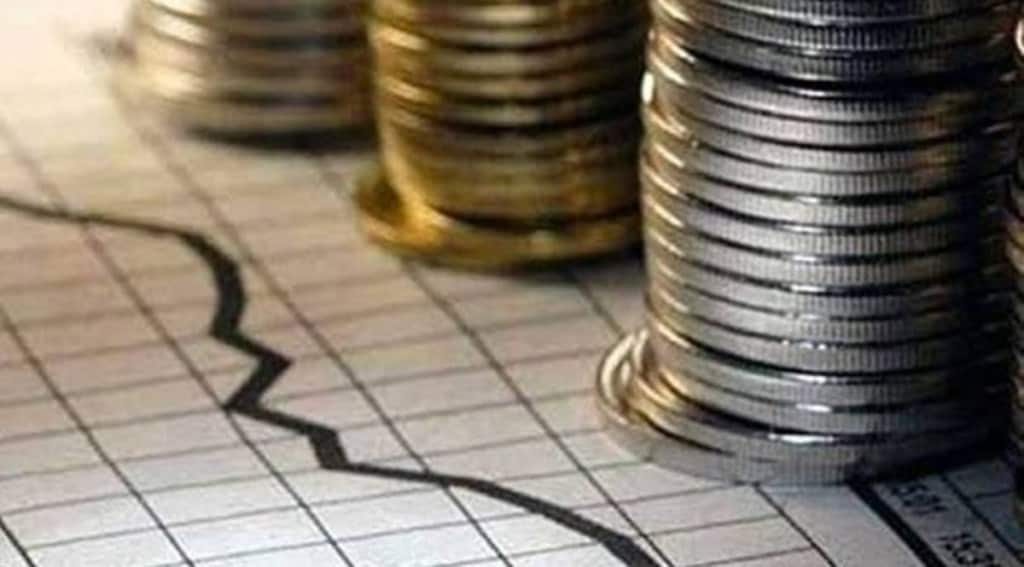The Economic Survey of India is a massive exercise, running to several hundred pages each year, attempting to provide a quantitative overview of every major aspect of the economy. As such, it represents an important guide for policymakers, giving them the lay of the land. This year’s Survey departed from recent trends of using economic theory more explicitly, and providing conceptual themes for possible policy guidance. This shortens the document, and makes it more of a basic map, without pointers that might come from conceptual themes.
There is a theme to the Survey, however, and it is the use of timely data to assess economic performance. This is termed the “Agile” approach, a “framework … based on feed-back loops, real-time monitoring of actual outcomes, flexible responses, safety-net buffers and so on.” This approach is characterised as having informed India’s response to the Covid-19 pandemic. The Agile framework is “particularly relevant today because of the explosion of real-time data that allows for constant monitoring.” The idea is that there can be frequent adjustments to policy based on more timely data, as opposed to relying on quarterly or even monthly data. And this data can be partial, coming from many sources. Satellite data is one example; others are toll collections and digital payments volumes. In all these cases, data collection is relatively automatic, rather than the usual periodic, less-frequent surveys. The evolution of numerous safety net schemes during the pandemic is seen as part of the Agile approach, providing a cushion against uncertainties.
In practice, much of the economic data reported in the Survey is of a conventional nature and at standard frequencies. But one can see hints of possibilities of doing more, not necessarily in an annual overview like the Survey, but in dashboards for policymakers. The digitisation of data recording should permit much better, more frequent tracking of trends across a wider range of data. Without doing a chapter-by-chapter comparison with previous years’ surveys, it does seem that more types of data series are presented in the main body of the document (as opposed to the Statistical Appendix). This seems to apply especially to financial data. In this case, there are also several international comparisons. This attention to financial markets and financial data represents an important step forward in providing a fuller picture of the Indian economy. The role of financial development in growth is still being understood by economists, but India can almost certainly do better by improving its financial intermediation and channeling more savings into productive investment.
Other examples of clearer and more useful data-tracking in the latest Survey are for prices of goods, ranging from onions to houses. Seasonal patterns in food prices can be important for designing policies to smooth those fluctuations. Mapping house prices and sales transactions in different cities also provides insight into economic conditions and possible policy responses for that sector.
One broad area where the Survey’s compilation and presentation of data is of vital importance is that of sustainability and climate change. Sustainability requires paying attention to a wide range of resources, including forests and water, as well as air and water pollution. Tracking these factors across different parts of the country, as is done in the document, is valuable. The Survey also tracks spending on investments to deal with and mitigate climate change, which will be an important issue on its own, irrespective of economic growth. It will be interesting to see whether future Surveys will integrate green investment more into the chapter on industry and infrastructure. Furthermore, there is little attention to data on energy production and usage, which would seem to be important to track for sustainability goals.
The Survey ends with a range of maps of India, including satellite images of night time luminosity, as well as indicators of disparate features such as bank branches and net sown area. Some schematic maps of metro rail systems for various cities are also thrown into this final chapter. The idea of visualising economic activity and development is very important, and the Survey points in the right direction, but there is a long way to go before the data analysis in the document reaches the level of what is possible. The Development Data Lab (DDL, http://www.devdatalab.org), co-founded by Sam Asher and Paul Novosad, illustrates what can be done with Indian data. It offers a data-sharing platform that allows analysis of inter-generational social mobility, impacts of surface mining, judicial performance and other topics.
While the DDL is geared toward research projects, something along these lines as a digital data platform to accompany and feed into the Economic Survey would support the kind of Agile approach to policymaking that this year’s Survey highlights. Indeed, organisations such as RBI and the NITI Aayog should also be thinking in terms of modern digital data platforms that can be used by policymakers and by researchers, with results of analyses shared quickly and freely. The Covid-19 pandemic gave an enormous boost to this kind of approach, and applying it to economic tracking, especially for a nation as large and heterogeneous as India, would improve economic policymaking.
The author is Professor of economics, University of California, Santa Cruz


